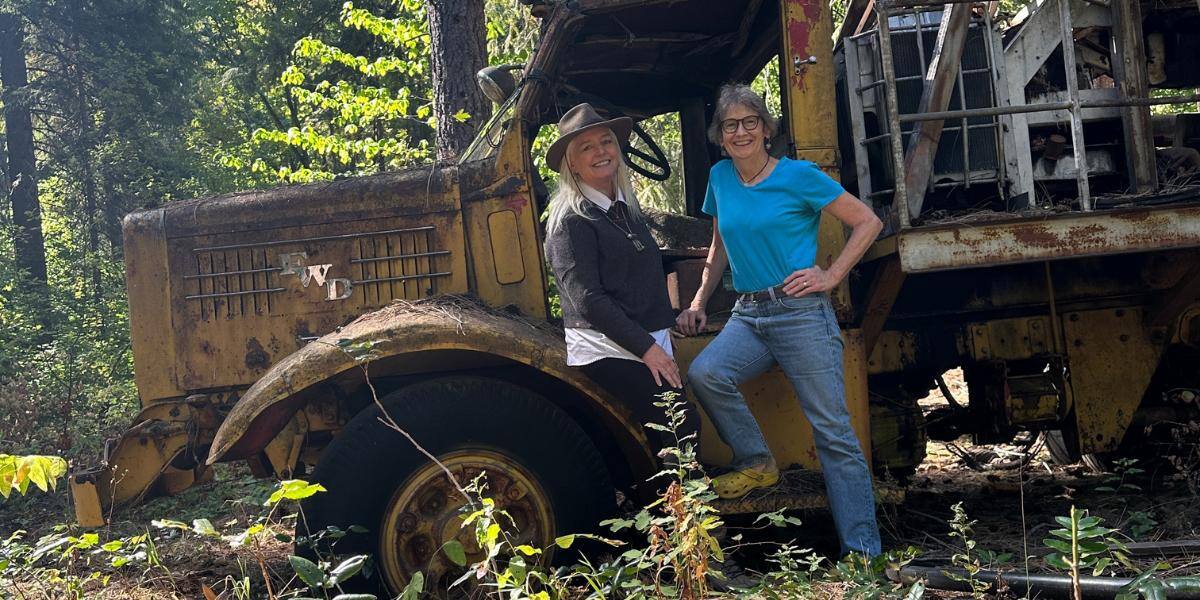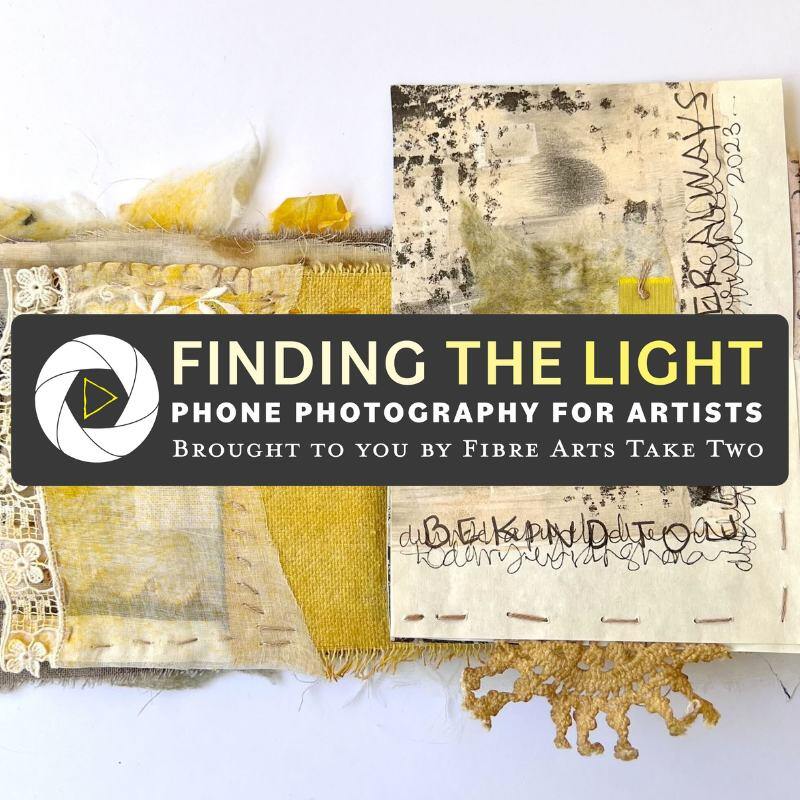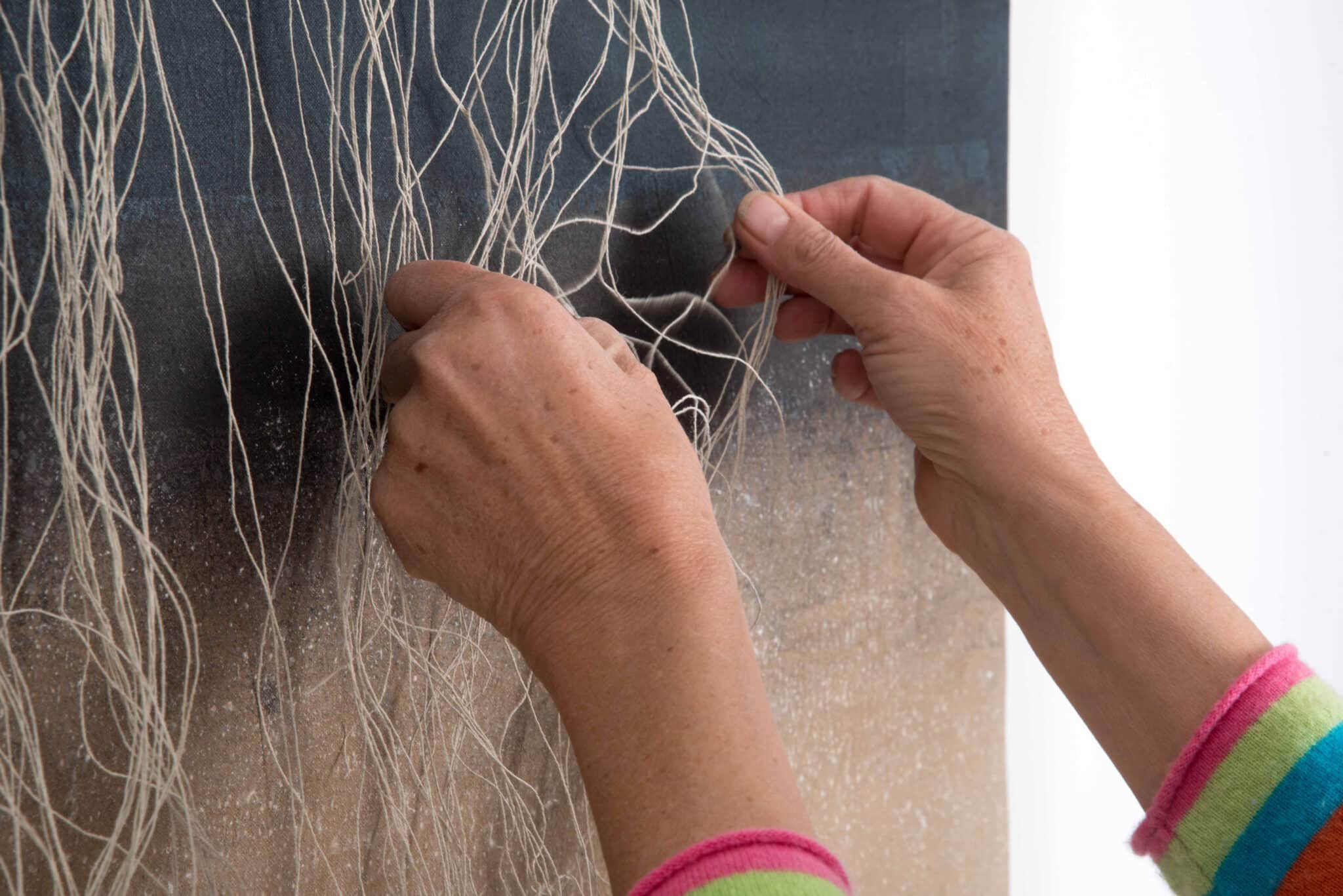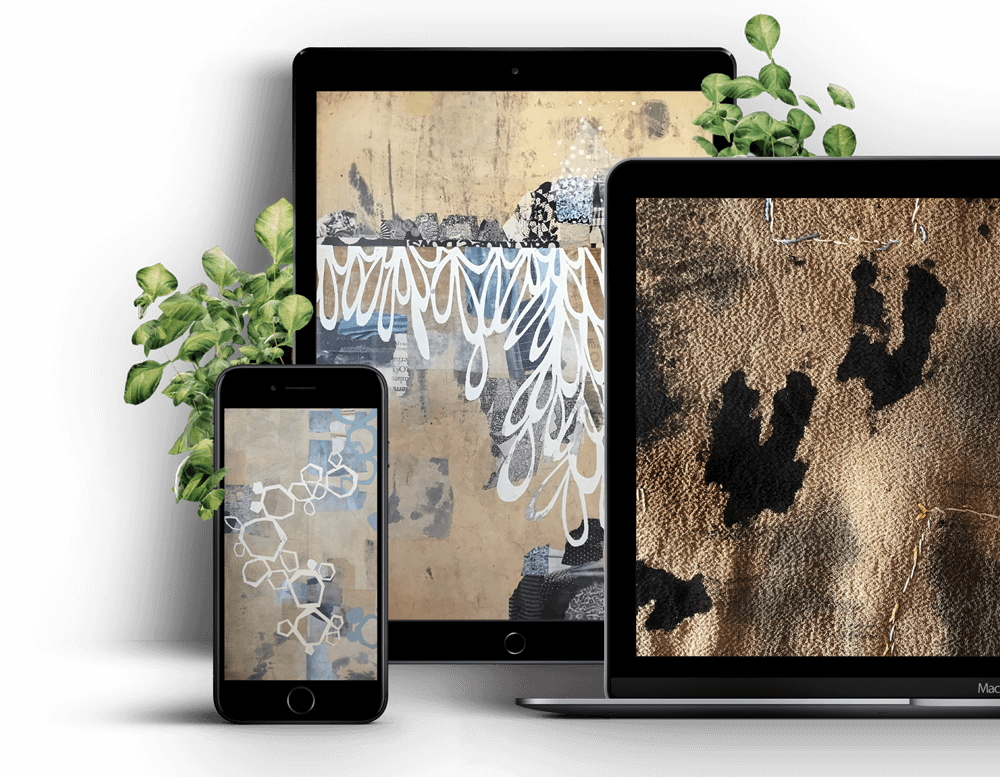Sculptures Born from Basket Weaving
Basket weaving isn’t just about making baskets, it’s about creating art! Discover the artistic potential of basket weaving as it crosses traditional boundaries to create stunning sculptures.
The Artistic Craft of Basket Weaving
Basket weaving goes well beyond its utilitarian function and enters the world of art. It's a craft that allows for creativity and self-expression. Artists can use different techniques and materials to create unique and visually captivating pieces. By exploring the artistic side of basket weaving, you can push the boundaries of what is traditionally considered a functional craft and transform it into a form of art.
One of the key aspects of basket weaving is the freedom it provides. Artists can experiment with various weaving patterns, colors and textures to create visually stunning designs. You can incorporate different materials like natural fibres, fabrics or even recycled materials to add depth and complexity to your creations. The possibilities are endless, and each basket or sculpture tells a unique story through its design and craftsmanship.
Basket weaving as an art form also allows for the exploration of different themes and concepts. Artists can use their work to convey emotions, explore cultural heritage or make social and political statements. You can create sculptures that represent abstract ideas or depict recognisable forms. By infusing your personal style and artistic vision into your creations, you can transform ordinary materials into extraordinary works of art.

Basket Weaving Evolving into Sculptural Form
Basket weaving has evolved over time, expanding beyond traditional baskets and wall hangings to encompass sculptural forms. This evolution has been driven by the desire of artists to push the boundaries of their craft and explore new possibilities.
In the past, basket weaving was primarily focused on creating functional objects for everyday use. However, as artists started to experiment with different techniques and materials, they began to realise the potential of basket weaving as a medium for creating sculptures. By manipulating the weaving process and incorporating structural elements, artists were able to transform baskets into three-dimensional art forms.
The evolution of basket weaving into sculptural form has also been influenced by the changing perceptions of art. As the definition of art expanded to include a wider range of mediums and forms, basket weaving found its place among other contemporary art practices. Today, weaving sculptures are celebrated for their innovation, craftsmanship and aesthetic appeal.

Techniques and Materials Used in Weaving Sculptures
Creating weaving sculptures requires a combination of traditional weaving techniques and innovative approaches. Artists often employ a variety of weaving methods, such as twining, coiling or plaiting, to achieve the desired form and structure.
The choice of materials is also crucial in weaving sculptures. While natural fibres like rattan, willow or bamboo are commonly used, artists have also experimented with unconventional materials such as wire, metal and even plastic. These materials offer unique properties and allow for the creation of intricate and unconventional designs.
In addition to the weaving techniques and materials, artists might also incorporate other elements into their sculptures, such as adding embellishments like beads, feathers or found objects to enhance the visual impact of the piece. By combining different techniques and materials, artists can create weaving sculptures that are both visually striking and conceptually meaningful.

Inspiring Examples of Weaving Sculpture Artists
The world of weaving sculptures is filled with inspiring examples that showcase the creativity and skill of artists. From large-scale installations to intricate small-scale pieces, these sculptures captivate viewers with their beauty and thought-provoking designs.
One example is the work of artist Sheila Hicks, who has pushed the boundaries of traditional weaving with her monumental textile sculptures. Her vibrant and dynamic pieces blur the line between sculpture and fiber art, creating a mesmerizing visual experience.
Another inspiring artist is Toshiko Horiuchi MacAdam, known for her large-scale interactive textile installations. Her colorful and playful sculptures invite viewers to engage with the artwork and experience the joy of weaving firsthand.
Artist Harriet Goodall, runs an independent art studio making sculpture, lighting and woven installations for private and commercial clients. You can see her artwork in the images in this article (stunning!). Harriet exhibits regularly and has passed on her passion for contemporary basketmaking techniques in workshops across Australia and around the world. She has dedicated her entire adult life in service to the preservation of culture through her pursuit of weaving.
These are just a few examples of incredible weaving sculpture artists. Each artist brings their unique vision and artistic voice to their art practice, resulting in a diverse and captivating body of work.
The Future of Weaving Sculptures
As the appreciation for weaving sculptures continues to grow, the future of this art form is promising. Artists are constantly pushing the boundaries of what is possible, exploring new techniques, materials and concepts.
One exciting development is the integration of technology into weaving sculptures. Artists are using digital tools and computer-aided design to create intricate patterns and complex structures. This fusion of traditional craftsmanship with modern technology opens up new possibilities for creativity and innovation.
There is also a growing interest in sustainable and eco-friendly practices within the art world. The art of weaving sculpture offers a unique opportunity to explore these themes. Artists can incorporate recycled materials, natural fibres and environmentally conscious practices into their work, creating pieces that not only inspire visually but also promote sustainability.
The future of weaving sculptures is filled with endless possibilities. As artists continue to push boundaries and explore new horizons, we can expect to see even more stunning and thought-provoking creations in the years to come.
If you'd love to enhance your fibre art practice and go beyond the boundaries of traditional basket weaving take a look at Form to Freedom, Weaving for Fibre Sculpture with Harriet Goodall. It just may be the online art course for you!
No video selected
Select a video type in the sidebar.
Join Our Newsletter
OUR YOUTUBE CHANNEL
View our interviews and more on our Youtube channel!
OUR FACEBOOK GROUP
Join our Community and stay updated with our upcoming announcements!




